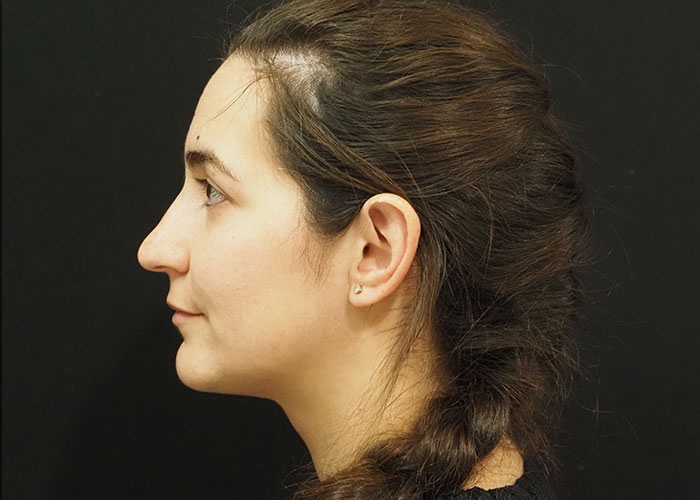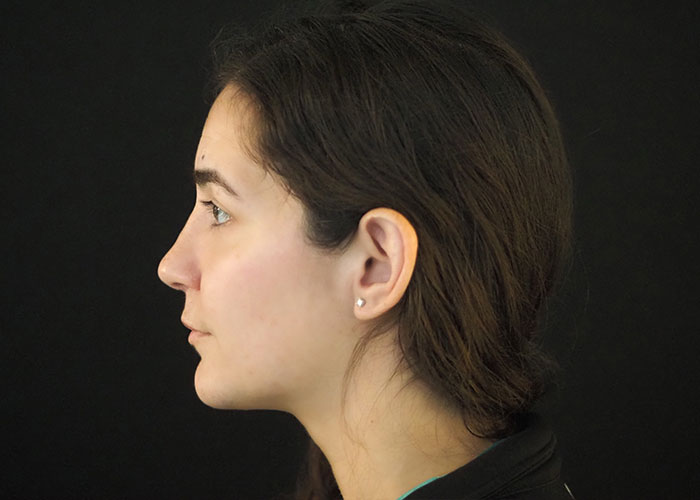Rhinoplasty
Nose
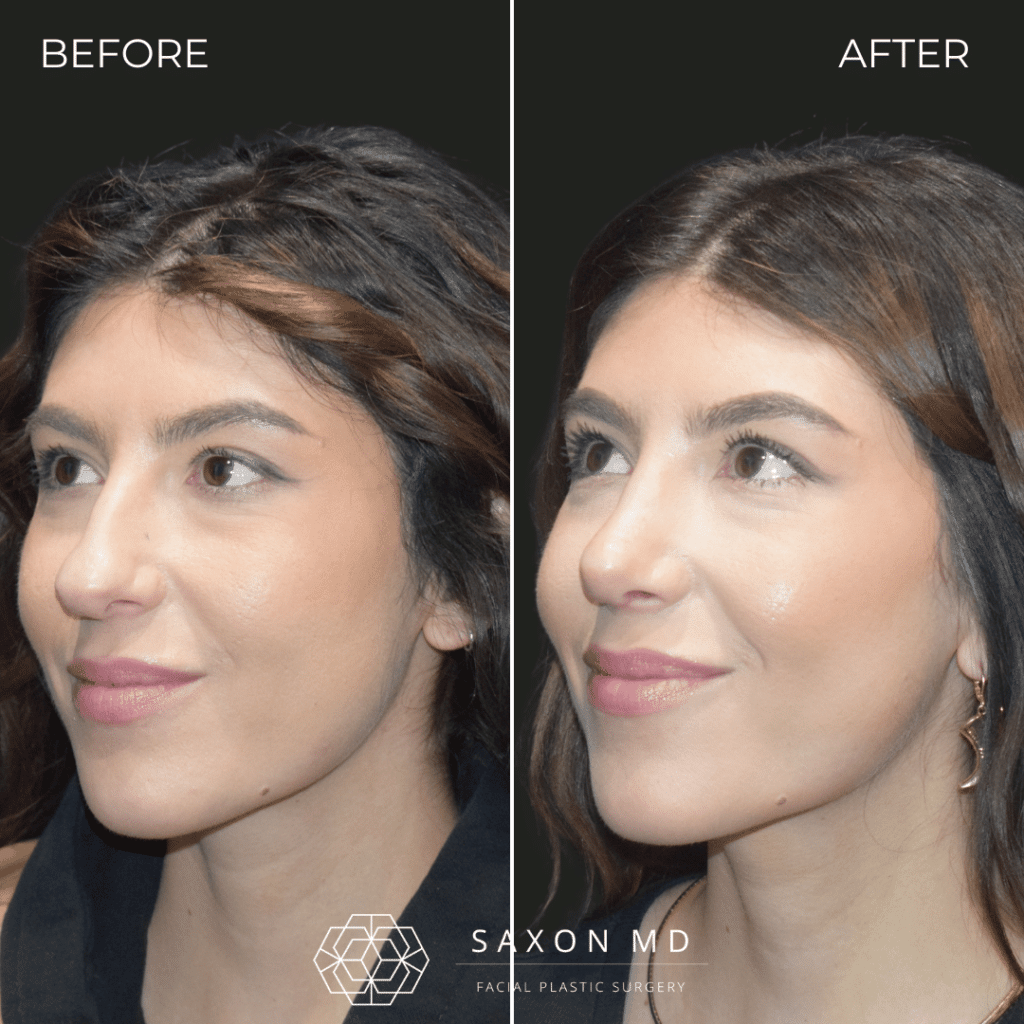
Improving the Shape & Functionality of Your Nose
Rhinoplasty, commonly known as a nose job, is a surgical procedure tailored to reshape or repair the nose. Whether driven by aesthetic desires or functional needs, this surgery can enhance facial harmony, correct imperfections, and improve breathing.
Rhinoplasty, often called a “nose job,” is a specialized surgical procedure that Dr. Saxon expertly performs to modify the nose’s structure. This surgery can address both aesthetic and functional concerns. Whether refining the nose’s shape, correcting deviations, or improving breathing pathways, Dr. Saxon uses advanced techniques to achieve natural-looking results that harmonize with your facial features and meet your needs.
The Purpose of Rhinoplasty?
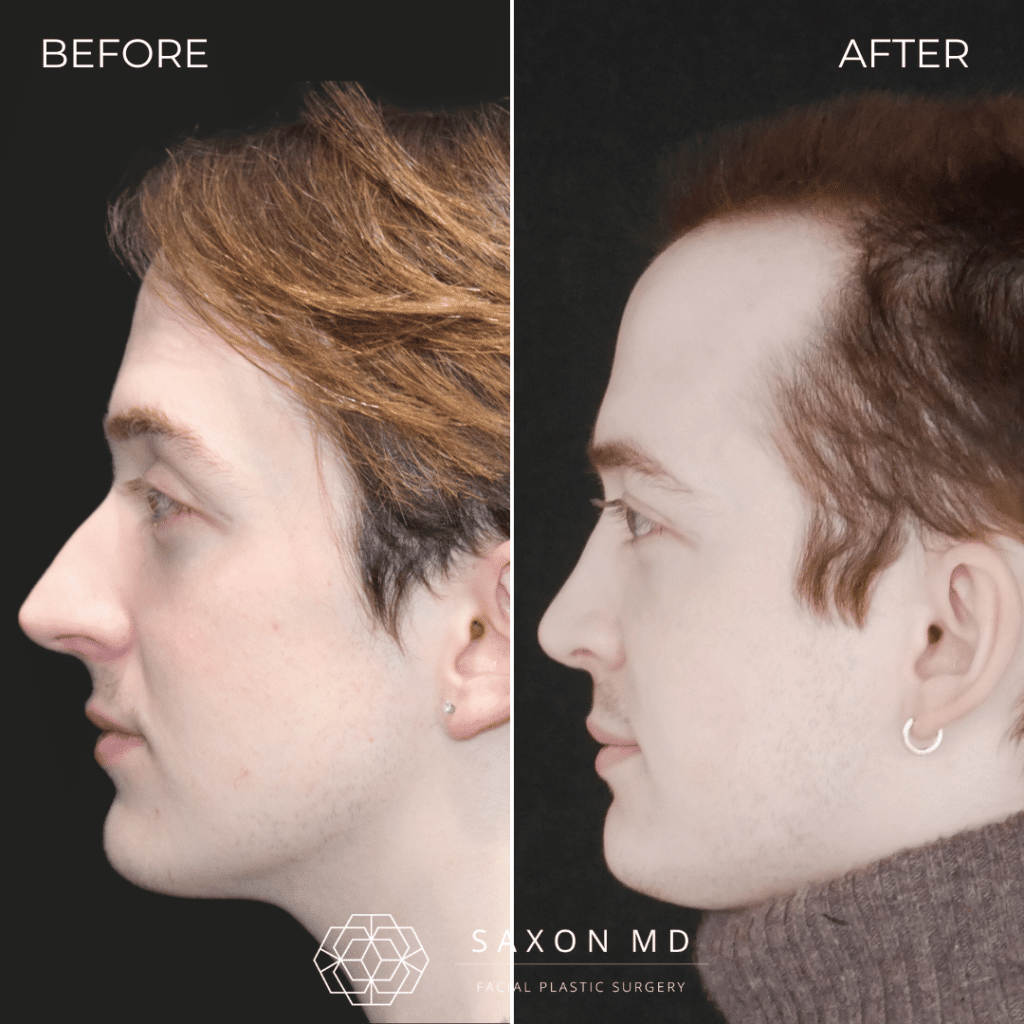
Rhinoplasty Corrects
- Deviated septum
- Nasal humps or bumps
- Wide or flared nostrils
- Asymmetry or crookedness
- Breathing difficulties
- Nasal valve collapse
- Overly large or small nose
- Injuries or birth defects
- Unwanted nostril shape or size
Aesthetic Rhinoplasty
Aesthetic rhinoplasty focuses on enhancing the nose’s appearance to achieve facial harmony. Dr. Saxon meticulously sculpts and reshapes the nose, addressing imperfections like humps, wide nostrils, or an undesired tip. The goal is to provide patients with a natural-looking nose that complements their unique facial features and boosts their self-confidence.
Functional Rhinoplasty
Functional rhinoplasty addresses breathing issues and structural abnormalities within the nose. Dr. Saxon employs this procedure to correct deviations like a crooked septum, nasal valve collapse, or enlarged turbinates. The primary aim is to enhance nasal function, ensuring patients experience improved airflow and respiratory health.
Common Reasons Patients Get a Rhinoplasty
- Dorsal hump – a bump on top of the nose
- Flat dorsum - the top of the nose is too flat
- Bulbous tip - the tip of the nose is too wide
- Crooked nose - either congenital or from a broken nose in the past
- Overprojected tip - the tip of the nose comes out too far from the face
- Wide nostrils - the bottom of the nose is too wide, making the entire nose look larger
- Breathing issues
Primary Rhinoplasty vs Revision Rhinoplasty
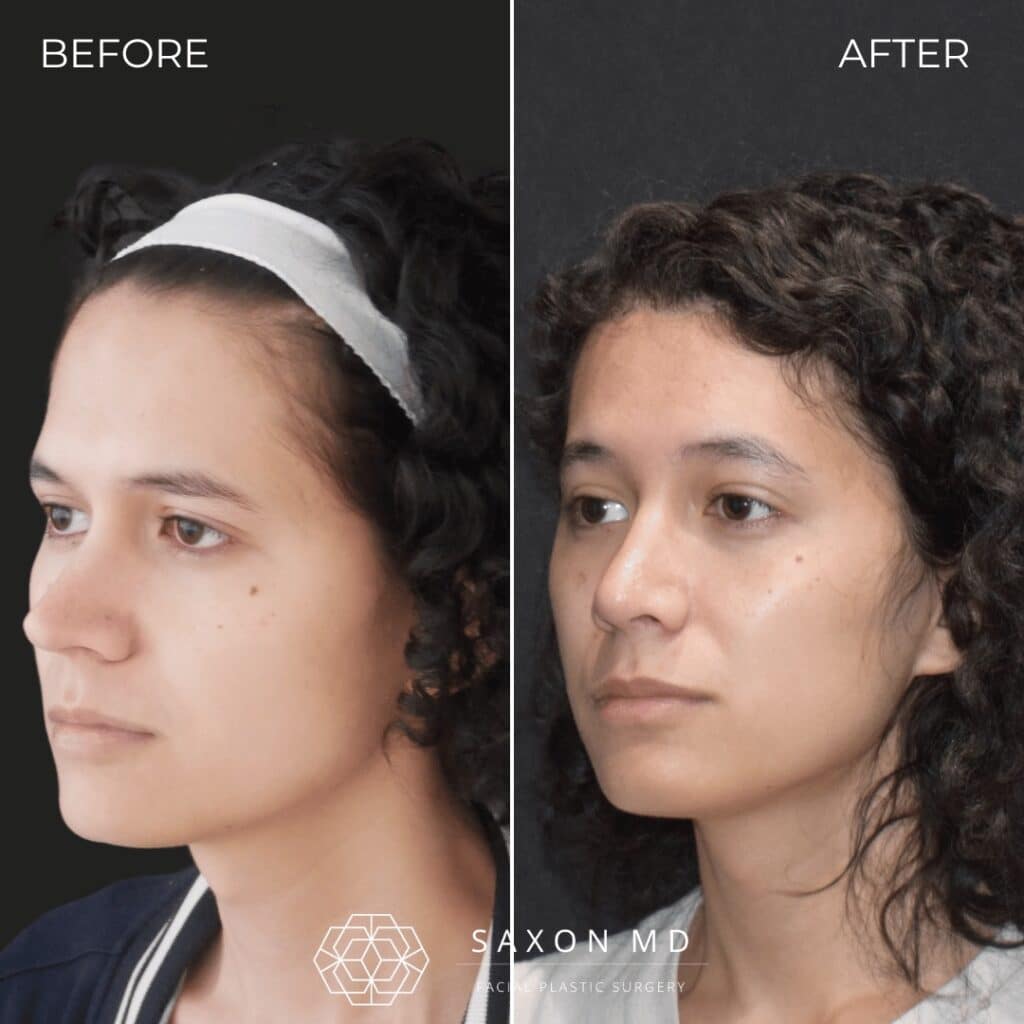
Dr. Saxon will recommend the most appropriate surgical technique (closed or open) based on your specific needs and the complexity of the procedure:
Primary Rhinoplasty
Primary rhinoplasty refers to the initial surgical procedure performed on a nose that has not undergone any previous surgeries. Dr. Saxon tailors this procedure to address both aesthetic and functional concerns, ensuring a balanced and natural outcome.
Whether reshaping the structure, refining the tip, or correcting deviations, primary rhinoplasty lays the foundation for the desired nasal appearance and function.
Revision Rhinoplasty
Revision rhinoplasty is a complex procedure undertaken when a patient seeks corrections or refinements following an initial rhinoplasty. Dr. Saxon performs this surgery to address any dissatisfaction or complications from the previous operation. Whether it’s to achieve a more desired aesthetic result or to rectify functional issues, revision rhinoplasty restores and optimizes overall nasal harmony and function.
Dr. Saxon’s
Unique Rhinoplasty Approach
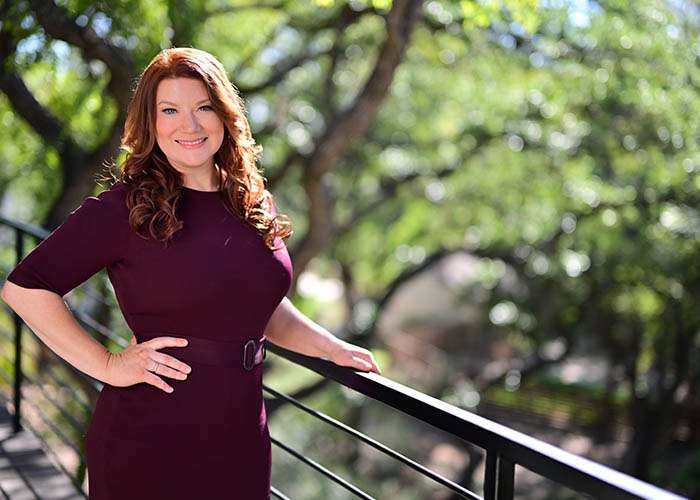
Dr. Saxon begins the process by evaluating the structure and aesthetics of your nose. She listens to your concerns and goals and curates a personalized surgical plan tailored to your facial anatomy. Depending on your needs, Dr. Saxon may perform a closed or open rhinoplasty.
Closed Rhinoplasty
Closed rhinoplasty is a technique where all surgical incisions are made inside the nostrils, leaving no visible scars on the nose. Dr. Saxon accesses and reshapes the underlying nasal structures through these internal incisions. This method is often chosen for its discreet nature and is particularly suitable for patients requiring minor adjustments or corrections.
Open Rhinoplasty
Open rhinoplasty involves a small external incision on the columella, the strip of tissue separating the nostrils. This approach provides Dr. Saxon with greater visibility and access to the nasal structures, especially when significant reshaping or intricate work on the nasal tip is required. The external incision heals well, leaving a barely noticeable scar.
What to Expect After Rhinoplasty
- Rest adequately and elevate your head to reduce swelling.
- Avoid strenuous activities and heavy lifting for at least two weeks.
- Follow any prescribed medication routines, especially antibiotics, to prevent infections.
- Stay away from direct sunlight and wear sun protection to prevent discoloration.
- Refrain from wearing glasses or sunglasses directly on the nose for the first few weeks.
- Limit facial expressions that require a lot of movement, such as laughing or frowning.
- Clean the surgical area gently as directed by Dr. Saxon to prevent infections.
- Monitor for signs of complications, including excessive swelling or unusual discharge.
- Stay hydrated and consume a balanced diet to promote healing.
- Avoid smoking and alcohol, as they can hinder the healing process.
- Attend all post-operative appointments to ensure proper healing and address any concerns.
- Protect your nose from potential injuries; be cautious around pets and small children.
- Seek immediate medical attention if you experience difficulty breathing or severe pain.
After your rhinoplasty with Dr. Saxon, you may experience bruising under the eyes, a feeling of stuffiness, and tenderness around the nose. A cast is typically placed on the nose for about a week, and any external stitches are often dissolvable to minimize discomfort. Dr. Saxon uses long-acting nerve blocks during the procedure, so pain is usually minimal, and most patients only need Tylenol after the first day or two.
The downtime post-surgery is generally brief, with most patients resuming normal activities within a few days, though strenuous workouts should be avoided for a few weeks. However, the full recovery time can vary, and it’s crucial to follow Dr. Saxon’s postoperative instructions closely. As the swelling subsides and the nose heals, the true results will appear over several months. It generally takes 1 year to see full results.
Rhinoplasty FAQs
How long is the recovery period after rhinoplasty?
The initial recovery takes a week, and most patients resume normal activities within two weeks. However, strenuous workouts should be avoided for one month. Full recovery can take several months, depending on your lifestyle, the surgical technique, and other factors.
Learn more: Nose Job Recovery Time: What to Expect After Rhinoplasty
Will I have visible scars after rhinoplasty?
Can I wear glasses after rhinoplasty?
When will I see the final results after rhinoplasty?
How much does rhinoplasty cost?
The cost of rhinoplasty depends on the complexity of the procedure and whether it is a primary or secondary rhinoplasty.
Learn more by reading our blog: How Much Does Rhinoplasty Cost?
What complications can occur after rhinoplasty?
After rhinoplasty, it is common to have bruising and swelling. Other potential complications include infection, bleeding, asymmetry, and difficulty breathing.
For a more list of risks of rhinoplasty surgery, read our blog: Potential Rhinoplasty Complications: What You Need to Know Before Your Surgery
- Brow Bone Reduction, Facelift and Necklift, Facial Implants, Hairline Lowering, Jaw and Chin Contouring, Lip Lift, Rhinoplasty
Top Surgical Procedures That Can Redefine Your Side Profile When most people think about their appearance, they focus on what
- Rhinoplasty
Potential Rhinoplasty Complications: What You Need to Know Rhinoplasty, commonly known as a nose job, is one of the most
- Rhinoplasty
Rhinoplasty Cost Rhinoplasty, often referred to as a nose job, is one of the most sought-after cosmetic surgeries for individuals
- Rhinoplasty
The Barbie Nose Trend: What You Need to Know In 2024, the Barbie nose is making waves in the world
- Rhinoplasty
Nose Job Recovery Time: What to Expect After Rhinoplasty So, you’ve decided to get a rhinoplasty (commonly known as a
Why Choose Saxon MD?
Dr. Sarah Saxon is a double board-certified facial plastic surgeon in Austin and Dallas, Texas. Her patients come from all over the country to enjoy her artistic surgical experience for natural and beautiful results. Dr. Saxon holds over a decade of rigorous training, including specialized fellowship training at Boston University. As one of the nation’s few experts in facial feminization surgery, she brings unparalleled expertise to every procedure, including rhinoplasty. Her dedication to quality and compassionate care, combined with her extensive education and technical expertise, ensures excellent outcomes. Schedule a consultation to embark on your aesthetic journey today.
